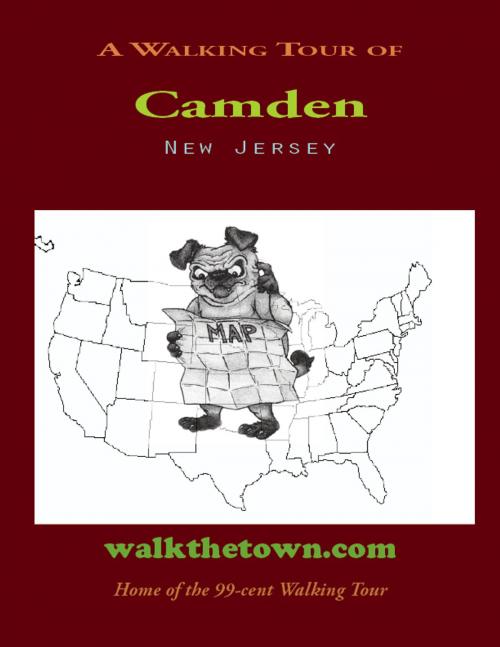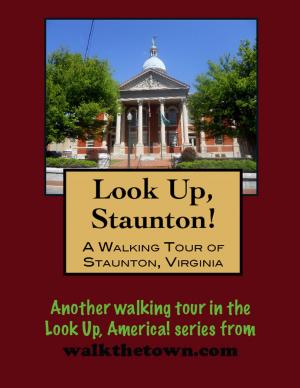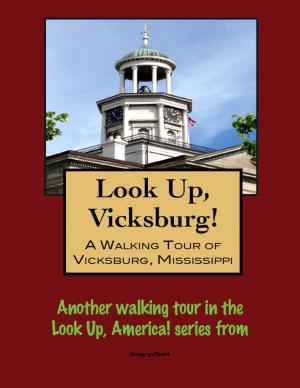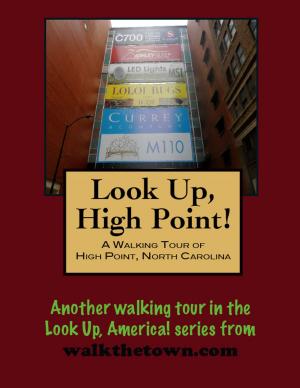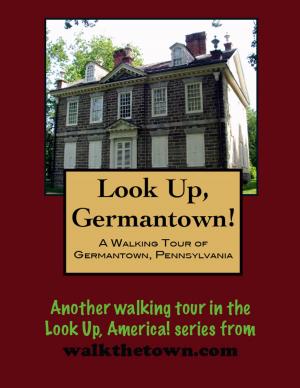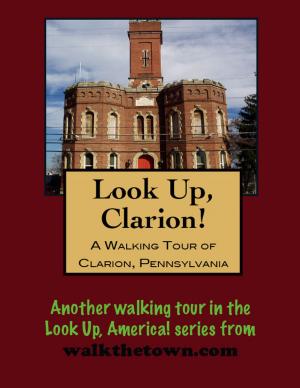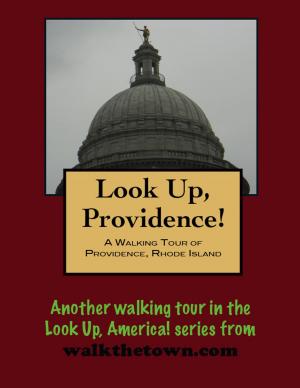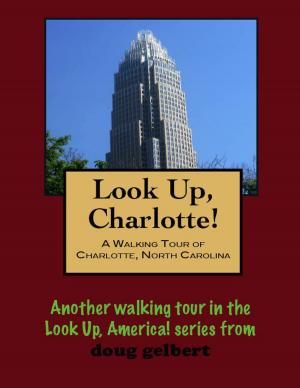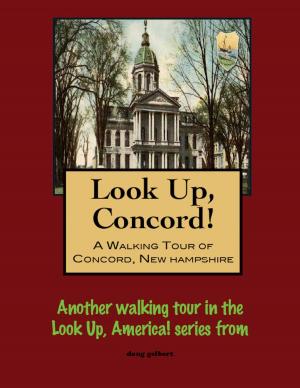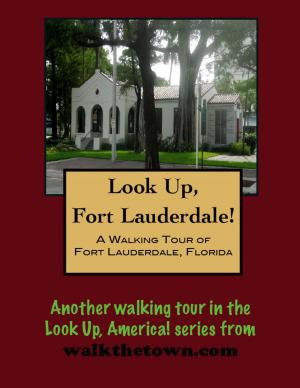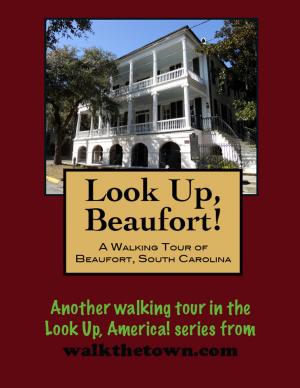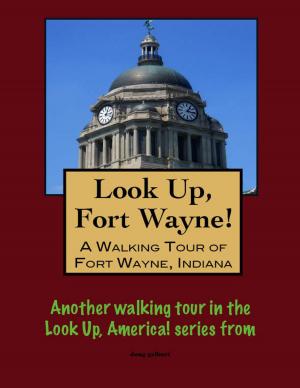| Author: | Doug Gelbert | ISBN: | 9781458110688 |
| Publisher: | Doug Gelbert | Publication: | March 2, 2011 |
| Imprint: | Smashwords Edition | Language: | English |
| Author: | Doug Gelbert |
| ISBN: | 9781458110688 |
| Publisher: | Doug Gelbert |
| Publication: | March 2, 2011 |
| Imprint: | Smashwords Edition |
| Language: | English |
There is no better way to see America than on foot. And there is no better way to appreciate what you are looking at than with a walking tour. This walking tour of Camden, New Jersey is ready to explore when you are. Each walking tour describes historical, architectural landmarks, cultural sites and ecclesiastic touchstones and provides step-by-step directions.
Every tour also includes a quick primer on identifying architectural styles seen on American streets.
In 1681, William Cooper, a Quaker, and his family settled on 300 acres in a wooded area near the mouth of the present Coopers Creek. Cooper named his estate Pyne Point and later established one of the earliest ferries to Philadelphia. For much of the next 150 years that was Camden's identity - the shoving off point to cross the Delaware River to get to the largest and most important city in America. The main east to west streets - Cooper, Federal, Market, Mickle - were developed as long, broad avenues leading to the ferry boats.
Camden, the name of the Earl of Camden was first attached a real estate deal in the 1773 and became official in 1828, began to establish its own identity with the establishment of the county in 1844. The town was designated the county seat. Camden's legacy as a major manufacturing center began with a humble pen nib. Cornish Quaker, Richard Esterbrook, a stationer by trade, saw in Britain a move from hand-cut quill pens to steel nibs and recruited five craftsmen from Birmingham, England to come to Camden and set up operations in 1856. The United States Steel Pen Manufacturing Company, later changed to the Esterbrook Steel Pen Manufacturing Company, was the first steel pen manufacturer in the United States.
Camden's signature industry began in 1869 when Joseph Campbell and Abram Anderson began packing fancy peas and Jersey tomatoes. When an employee, chemist John T. Dorrance, developed a process for condensing soup in the 1890s. Dorrance came to work for $7.50 a week. By 1914 he was president of the company and his fortune of $117,000,000 would become one of the country's largest. The Campbell's Soup Plant was by far the largest maker of canned soups in the world. The plant totaled 42 buildings across 8 blocks. Watertanks with cans painted as replicas of the iconic red and white soup cans marked the waterfront.
All are gone now, leveled in the name of redevelopment. Camden's tentative waterfront rebirth began with an aquarium and now include concert venues, the reestablishment of a water ferry to Philadelphia, and the battleship New Jersey, the Battleship New Jersey, the country's most decorated warship, and other family-friendly attractions. More than two million people a year visit the Camden waterfront. This is where our walking tour will start as we seek out some architectural treasures that remain from the days when Camden fancied itself "The Biggest Little City in the World"...
There is no better way to see America than on foot. And there is no better way to appreciate what you are looking at than with a walking tour. This walking tour of Camden, New Jersey is ready to explore when you are. Each walking tour describes historical, architectural landmarks, cultural sites and ecclesiastic touchstones and provides step-by-step directions.
Every tour also includes a quick primer on identifying architectural styles seen on American streets.
In 1681, William Cooper, a Quaker, and his family settled on 300 acres in a wooded area near the mouth of the present Coopers Creek. Cooper named his estate Pyne Point and later established one of the earliest ferries to Philadelphia. For much of the next 150 years that was Camden's identity - the shoving off point to cross the Delaware River to get to the largest and most important city in America. The main east to west streets - Cooper, Federal, Market, Mickle - were developed as long, broad avenues leading to the ferry boats.
Camden, the name of the Earl of Camden was first attached a real estate deal in the 1773 and became official in 1828, began to establish its own identity with the establishment of the county in 1844. The town was designated the county seat. Camden's legacy as a major manufacturing center began with a humble pen nib. Cornish Quaker, Richard Esterbrook, a stationer by trade, saw in Britain a move from hand-cut quill pens to steel nibs and recruited five craftsmen from Birmingham, England to come to Camden and set up operations in 1856. The United States Steel Pen Manufacturing Company, later changed to the Esterbrook Steel Pen Manufacturing Company, was the first steel pen manufacturer in the United States.
Camden's signature industry began in 1869 when Joseph Campbell and Abram Anderson began packing fancy peas and Jersey tomatoes. When an employee, chemist John T. Dorrance, developed a process for condensing soup in the 1890s. Dorrance came to work for $7.50 a week. By 1914 he was president of the company and his fortune of $117,000,000 would become one of the country's largest. The Campbell's Soup Plant was by far the largest maker of canned soups in the world. The plant totaled 42 buildings across 8 blocks. Watertanks with cans painted as replicas of the iconic red and white soup cans marked the waterfront.
All are gone now, leveled in the name of redevelopment. Camden's tentative waterfront rebirth began with an aquarium and now include concert venues, the reestablishment of a water ferry to Philadelphia, and the battleship New Jersey, the Battleship New Jersey, the country's most decorated warship, and other family-friendly attractions. More than two million people a year visit the Camden waterfront. This is where our walking tour will start as we seek out some architectural treasures that remain from the days when Camden fancied itself "The Biggest Little City in the World"...
